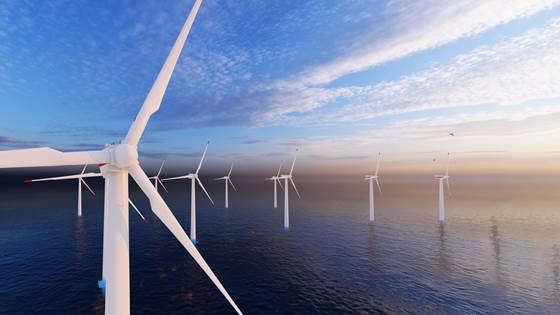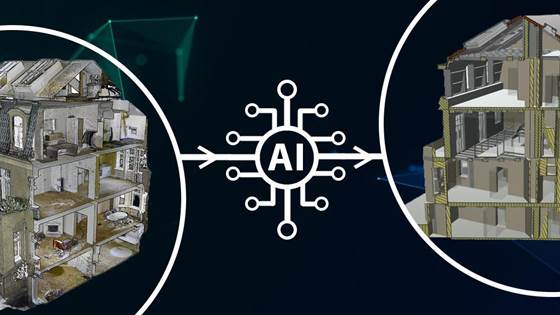A digital twin is an advanced digital representation of a physical entity or process, such as a building, an installation or a production process. Information generated by a digital twin can be used, among other things, in predictive maintenance or to develop better products. A digital twin becomes even more valuable when we combine it with state-of-the-art visualization techniques in a mixed reality setting.
A digital twin is distinct from a standard digital model in that it can also reproduce the behaviour of the physical entity that it is designed to replicate. In order fully to replicate its physical entity, a digital twin is constantly updated using measuring instruments, geometry, meta-information and physical and mathematical models. It gathers large volumes of data over time, and analyses of these data can be used in a multitude of applications and training simulators.
In order to get the most out of digital twins, we require innovative and informative visualisation systems that enable decision support. This is where mixed reality plays a key role. Mixed reality involves a combination of virtual reality (VR) and augmented reality (AR) and enables us to locate virtual objects such as digital twins in the real world. We can achieve this using technologies such as VR and AR devices and headsets.
Digital twins represent an important piece in green and sustainable transformation, and will be key to our ability to create new jobs in the future. At SINTEF we are working to create such opportunities by developing and using new technologies. We apply our research results in this field by resolving practical problems in a wide variety of business sectors.






